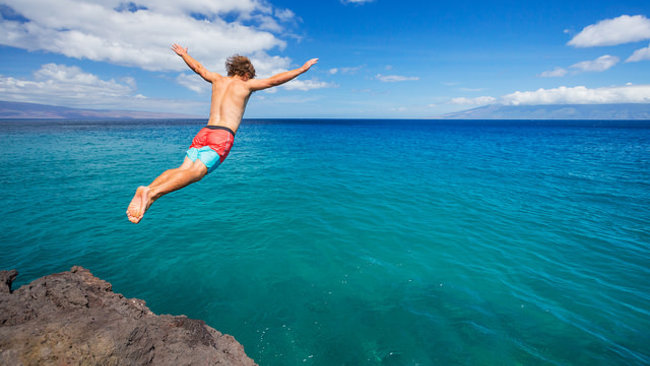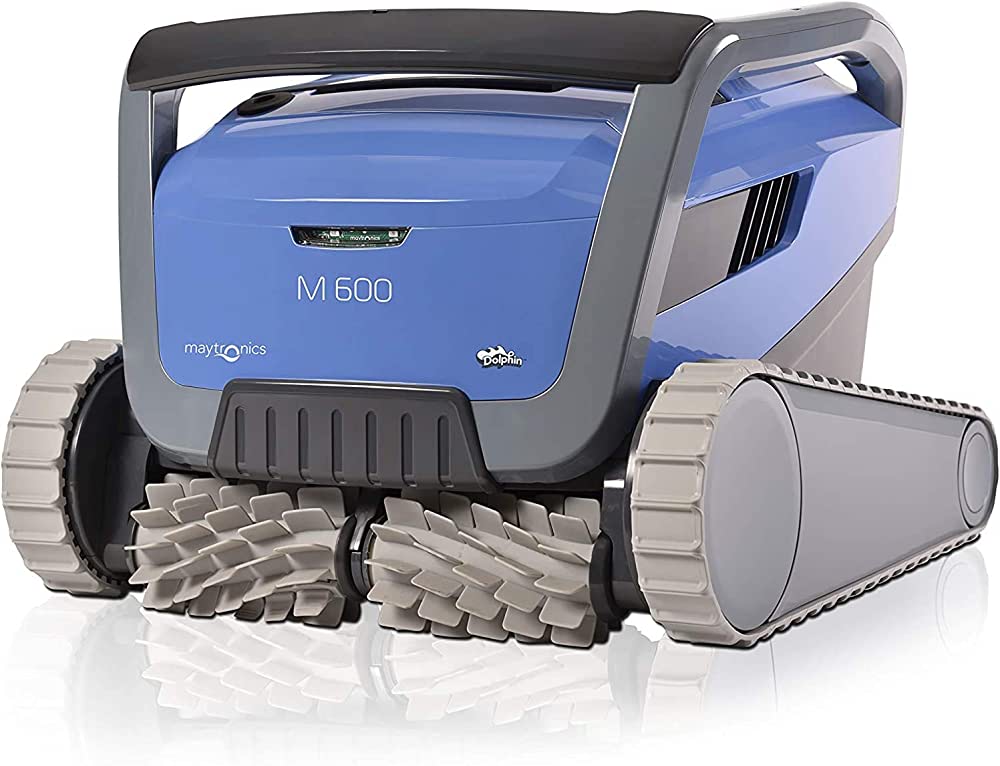The average pool/spa combo designed so that they can both be run through one set of pool equipment. There are a variety of ways of setting this up for heating a pool and spa.
You can use one set of pool equipment to run both the pool and spa. Valving is used to distribute the water and isolate the pool or the spa as required (depending on usage). Commercial pools and spas use designated equipment to run either the pool or spa. This means there is twice the amount of equipment required – a considerable added expense. Also, commercial spas have onerous water testing and sanitation requirements because they are permanently heated. Domestic pools do not have to be “heated on demand” like this. Public spas are permanently heated to 36°C and therefore require the water to be tested every 3 hrs. The heat causes them to become literal petri dish of organic compounds (and not the ‘good’ organic compounds)!
People often buy portable acrylic spas for their backyards which can be permanently heated by a low capacity electric resistance type heater. Such a method is reasonably effective because the polymer construction material the shell is built from, the thick foam filled covers, the air gap surrounding the outer spa shell and the deceptively small water volume make them energetically quite efficient. As to the sanitising of the water, these types of spas run high levels of sanitisers/oxidising agents/halides, etc. Often the suppliers “cheekily” market “bromine” sanitisers as a “chlorine free system.” This is deceptive marketing as Bromine is familial in its makeup and functionality with chlorine based systems.
Understanding Ambient Water Temperature

Ambient water temperatures in Melbourne are little known and as a result poorly understood. During peak summer, standing pool water – unheated – would be in the realms of 18°-20°C. Over winter the temp would be 10°-12°C. The temperature of the bay would be similar – but not as cold during winter as the ocean is a heat sink. The water temperatures indicated are surface temperatures only with the full pool depth temperature being around 3°C cooler.
If you think the standing temp of water at bay temperatures isn’t too bad – as you will swim in the bay over summer without too much discomfort, remember people swim in the bay mostly on those 30°C plus days when cooling off is a great option. Domestic pool usage is about cooling off but also about relaxing – and “chilled water temps” aren’t that relaxing. As a further descriptor people idealise ocean holidays on the Sunshine Coast – water temp 26°C in summer; Port Douglas 29°C. Nobody goes to Hobart for a seaside holiday at 18°C in summer.





